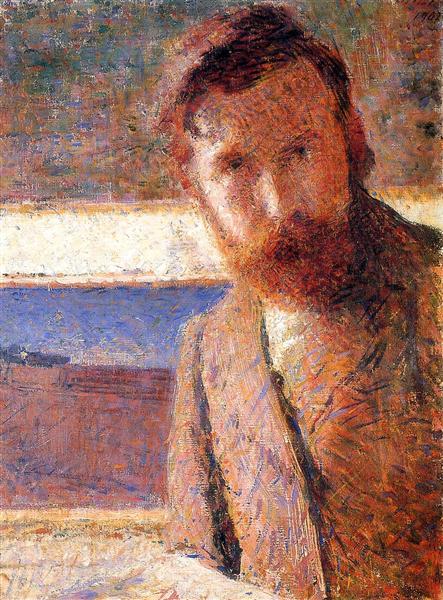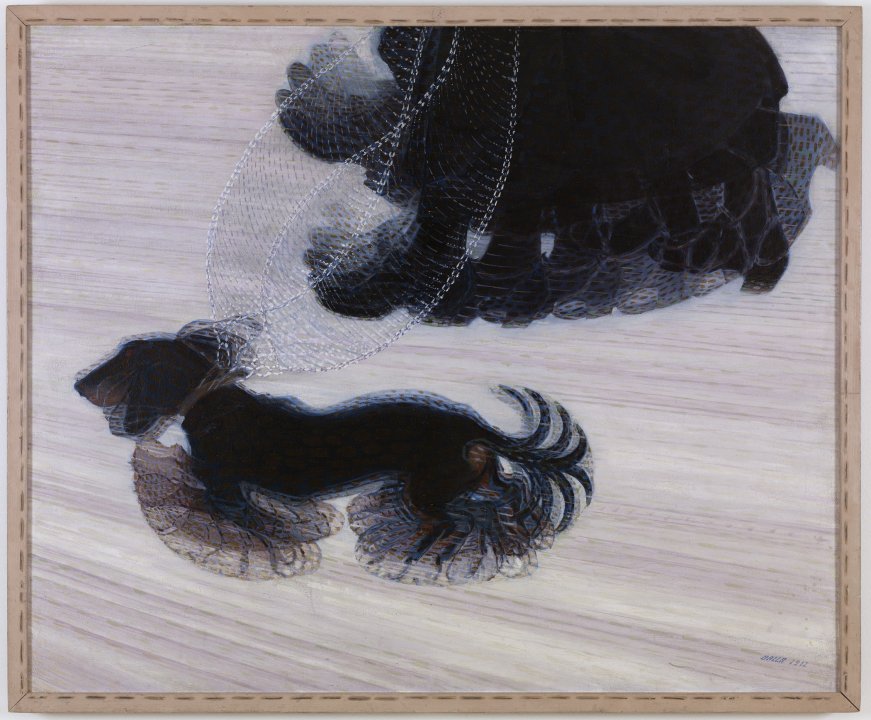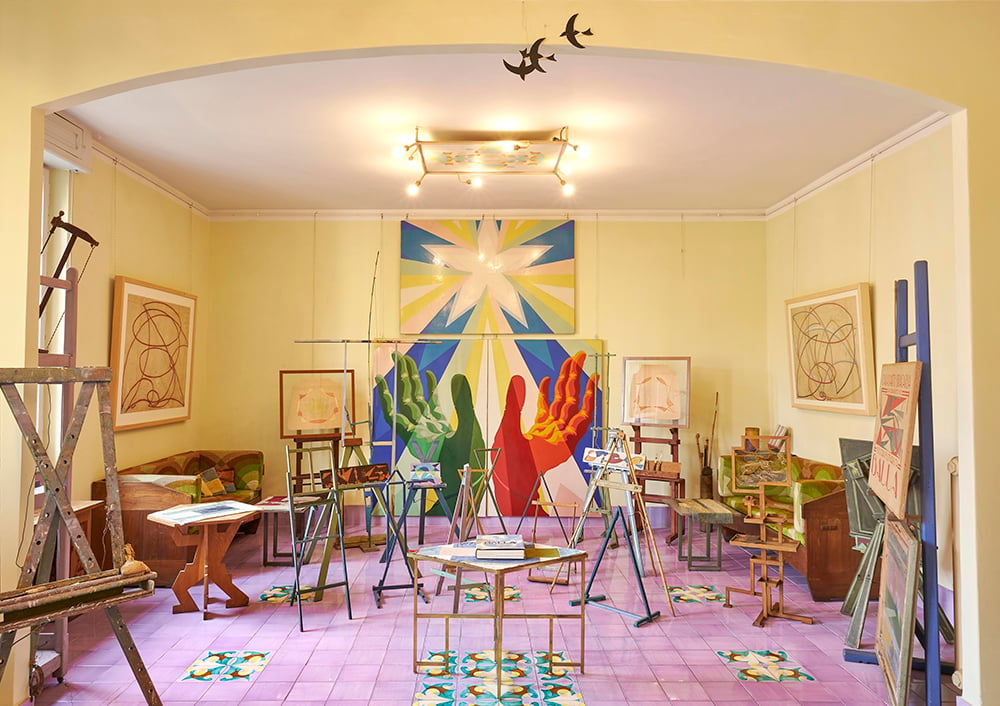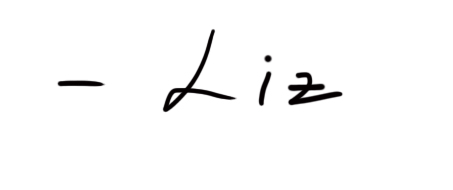Available for Purchase.
"*" indicates required fields
This submission is an inquiry of availability and details but does not guarantee a sale. Thank you for your understanding.

Giacomo Balla, Self Portrait, 1900
Best known as a member of the Italian Futurist movement, Giacomo Balla—painter, sculptor, and set designer—was born on this day (July 18) in 1871 in Turin, Italy.
Balla had little formal art training. In 1895, while still in his early 20s, the painter left Turin to live in Rome. His work was included in the 1899 Venice Biennale and that gave him the standing to exhibit in multiple countries in Europe over the next 10 years.

In 1900 he spent seven months in Paris, where he was greatly influenced by French Neo Impressionism, in particular the “divisionist” technique of applying paint to canvas (popularly, though erroneously, referred to as “pointillism”).

More importantly, Balla was also introduced to the chronophotographic experiments of the French scientist Etienne-Jules Marey, who had pushed Edweard Muybridge‘s photographic motion studies a step beyond. Marey’s technique of successive, instantaneous stages of movement superimposed on a single plate would provide the root inspiration for Balla during his Futurism period. (Not coincidentally, Marcel DuChamp’s Nude Descending the Staircase (1912) shared the same progenitor.)

In 1902 Balla took on two students—Umberto Boccioni and Gino Severini. The three, together with Carlo Carlà and Luigi Russolo, would later form the nucleus of the Futurist painting movement.
Futurism was launched officially in 1909 by the Italian poet Filippo Tommaso Marinetti, whose Manifesto was published on the front page Le Figaro. Believing past culture to be particularly oppressive, Marinetti proposed that all art celebrate modern industry and technology. In one passage the poet blustered:
The world’s splendor has been enriched by a new beauty: the beauty of speed. . . . A roaring automobile . . . that seems to run on shrapnel, is more beautiful than the Victory of Samothrace.

In 1910 Boccioni, Carlà and Russolo authored the follow-on “Manifesto dei Pittori futuristi,” which Balla signed as part of the group, though he did not exhibit with the group until 1913. This manifesto insisted that art should stop trying to reproduce fixed moments in the “universal dynamism” of life and instead seek to capture “the dynamic sensation itself.”
…all things move, all things run, all things are rapidly changing. A profile is never motionless before our eyes, but it constantly appears and disappears. On account of the persistency of an image upon the retina, moving objects constantly multiply themselves; their form changes like rapid vibrations, in their mad career. Thus a running horse has not four legs, but twenty, and their movements are triangular.

Among the more strident, and sometimes odd, declarations were these:
◉ All forms of imitation must be despised, all forms of originality glorified.
◉ It is essential to rebel against the tyranny of the terms “harmony” and “good taste” as being too elastic expressions, by the help of which it is easy to demolish the works of Rembrandt, of Goya and of Rodin.
◉ We fight against the nude in painting, as nauseous and as tedious as adultery in literature.
The last was followed by clarification—”Nothing is immoral in our eyes; it is the monotony of the nude against which we fight…artists obsessed with the desire to expose the bodies of their mistresses have transformed the Salons into arrays of unwholesome flesh!”

World War 1 (and Boccioni’s death as result) brought Italian Futurism more or less to an end. After 1918 artists were sufficiently disillusioned by the carnage wrought in this first truly mechanized war, and rejected the tenets of the avant-garde, returning to more traditional approaches.
Balla, however, remained faithful to the Futurist style, continuing to push further into abstraction. At the end of his career he abandoned abstraction to return to a more traditional style. He died in Rome in 1958.

It seems only fitting to wish a Futurist Happy Birthday from the future.
Dinamismo di un cane al guinzaglio at the Albright-Knox, Buffalo
Giacomo Balla at The Museum of Modern Art, New York
Umberto Boccioni at The Metropolitan Museum of Art
Gino Severini at the Art Institute of Chicago
Casa Balla re-creation
Library of Congress: Manifesto of the Futurist Painters
Umberto Boccioni—Futurist Painting Sculpture
Return to Order movement
[cool_tag_cloud on_single_display=”local”]

Fascinating article on the Italian futurists, Liz! Thank you! I look forward to receiving your updates.